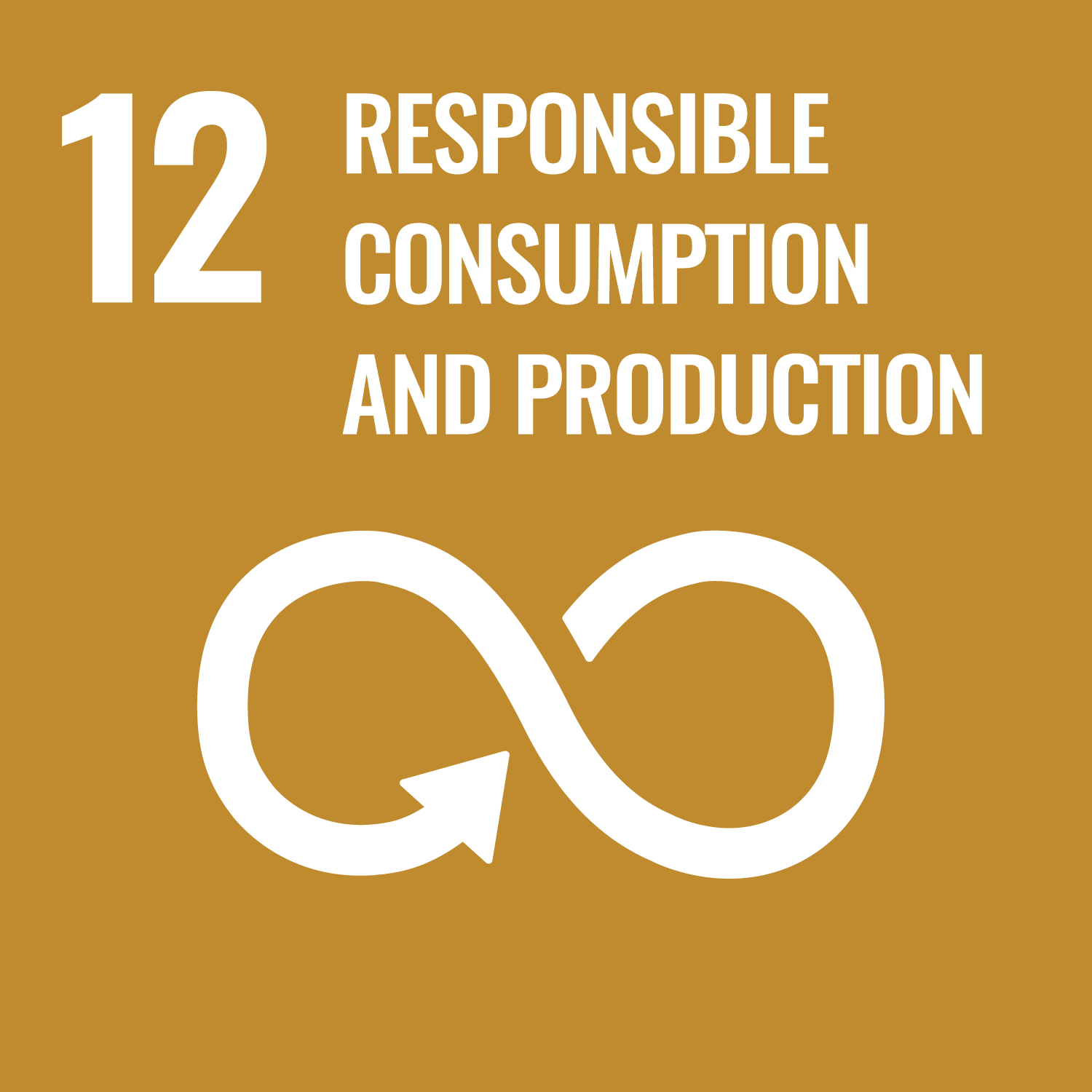Introduction
The proliferation of microorganisms and the resultant formation of slime is a problem which commonly occurs in aqueous systems. Problematic slime producing microbes may include bacteria, fungi and/or algae. Slime deposits typically occur in many industrial aqueous systems including cooling water systems, pulp and paper mill systems, petroleum operations, clay and pigment slurries, recreational water systems, air washer systems, decorative fountains, food, beverage, and industrial process pasteurizers, sweetwater systems, gas scrubber systems, latex systems, industrial lubricants, cutting fluids, etc.
Growth of these organisms is a serious problem in municipal and industrial water systems such as once-through or re- circulating cooling water systems, cooling ponds, intake pipes, ballast water tanks and ship reservoirs that draw water from infested bodies of water. Microbes may cause many problems including pressure loss from fouling of piping and heat exchanger, loss of heat exchanger efficiency due to coating of the heat exchange surfaces, promotion and acceleration of corrosion on metal surfaces, increased down time, or breaks in paper sheets in pulp and paper systems, and deterioration of cooling tower components.
This growth can cause severe plugging and damage to the systems they colonize, resulting in system down time and costly cleanings and repairs. As a consequence of the deleterious effects of uncontrolled biological growth and contamination in many industrial processes, different biocides and antimicrobials have been developed to aid in eliminating and controlling biological growth. Biocides and antimicrobials are used to control microbial growth in a number of different aqueous media.
Often, one biocide is insufficient to control biological growth in the aqueous media. Biocides may act in combination, i.e. synergistically, to yield better biocidal performance as opposed to the efficacy obtained when each biocide is used separately. The combination of two biocides may yield enhanced efficacy beyond the cumulative or additive effect of the two biocides. This likely reflects a synergistic biocidal effect on some essential component(s) of the cell for survival and sustained growth. A combination of two biocides that are synergistic allows for the addition of lesser amounts of the individual biocides to achieve the desired level of control. A common practice is to alternate feeding two different types of biocide, not allowing the biological growth to become resistant to one or the other. This "shock" treatment is very successful in controlling undesirable biological growth. This has both advantageous environmental and economic impacts. It allows for reduced discharge of potential environmental pollutants and a more cost effective control program for diverse industrial systems.
Chlorine is used as an oxidizing biocide to control this biological growth in most industrial cooling towers. Monitoring the ORP (Oxidation Reduction Potential)/redox is very useful in its ability to correlate millivolt readings to sanitization strength of the water.
For Chlorine (Cl2) to function properly in the cooling towers it must be present in the oxidizing forms of hypochlorous acid (HOCl) or hypochorite ion (OCl-). The equilibrium between the three species is pH dependent and can be monitored by using oxidation-reduction potential (ORP) electrodes.
ORP is a measure of a solutions oxidizing or reducing strength. The chemical way to look at redox processes is that the reductant transfers electrons to the oxidant. Thus, in the reaction, the reductant or reducing agent loses electrons and is oxidized and the oxidant or oxidizing agent gains electrons and is reduced. When electrons are transferred from one species to another in a chemical reaction, the reaction is called an oxidation-reduction reaction; where the oxidizing and reducing agents are called a redox pair.
Oxidation and reduction reactions occur together, the electrons generated by a reduction reaction must be acquired by an oxidation reaction. The electron transfer between the two species continues until equilibrium is reached.
ORP measure the ratio of the activities of the oxidizing and reducing species in a solution. This indicates the solutions electron activity, i.e., its ability to oxidize or reduce another substance; it does not indicate the concentration of the predominant oxidizing or reducing agent. The speed of response varies with the concentration of the redox system, high concentrations are fast and low concentrations are slow.
Activity and Measurement of Chlorine
Below a pH of 1.9, chlorine exists as a diatomic molecule (Cl2) in water. As the pH increases above 1.9, chlorine oxidizes-water to produce HOCl, which further dissociates into OCl above a pH of 7.3. Elemental chlorine is not as effective in killing organisms as HOCl and OCl-. Thus, for optimum effectiveness it is desirable to control the pH of the cooling tower between 7-8 pH. It is also necessary to control the quantity of chlorine in the tower to insure there is enough to control the biological growth, but not so much that it causes corrosion of equipment or creates an excessive load on the water treatment facility. An ORP measurement system can be used to indicate both the quantity and activity of the chlorine in cooling water.
Since addition of chlorine increases the oxidizing capability of water, measurement of the ORP provides a useful indicator of the quantity and effectiveness of the chlorine present in the water. However, as we have seen, the pH affects the oxidizing potential of the available chlorine so the ORP will vary with pH changes as well as changes in the chlorine levels. To provide an indication of chlorine level we must compensate the ORP measurement for the effects of varying pH. One way to do this is to replace the Ag/AgCl reference electrode normally used with the ORP electrode with a pH measuring electrode.
Measurement System
If the total amount of chlorine in the system remains constant, but the pH changes, there will be a corresponding change in the measured ORP reading. Therefore to us ORP to control chlorine addition we must compensate the measurement for changes in pH. The simplest way to do this is substituting a pH electrode for the reference electrode used with a FLXA21 or FLXA402 configured for ORP service. This technique is only valid over a narrow range pH 6.5-8.0, and should only be used in simple systems that operate at stable temperatures. (The measurement is not compensated for temperature changes.) It should not be used in situations where there may be a large change in background composition such as wastewater streams or treatment ponds. Figure 1 shows typical ppm chlorine levels verses mV reading values.

Product Recommendations
FLXA402 four-wire Converter or FLXA202/FLXA21 two-wire Analyzer
FF20-P33 Polypropylene Flow Fitting with SM21-PT9 Platinum ORP sensor
SM21-AG4 pH glass sensor (used as reference)
Note: For additional information on these applications, please contact Yokogawa Analytical Department.

Related Industries
-
Water & Wastewater
수자원은 한정되어 있으므로 지속 가능한 물 순환에 기여하는 것은 지속가능개발목표(SDGs) 중 하나입니다. Yokogawa는 깨끗하고 안전한 물의 안정적인 공급, 수질 환경 보호를 위한 폐수 처리, CO2 배출량 및 운영 비용 절감을 위한 물 손실 관리 및 플랜트 운영 최적화를 위한 첨단 디지털 제어 솔루션을 제공해 왔습니다. 최첨단 기술, 신뢰할 수 있는 제품, 그리고 전 세계 다양한 수자원 프로젝트에 대한 풍부한 전문 지식과 경험을 바탕으로, Yokogawa는 고객과 협력하여 플랜트 수명 주기 전반에 걸쳐 비즈니스를 성장시키고 가치를 창출하는 지속 가능한 수자원 솔루션을 제공합니다.
Yokogawa는 지자체 및 공업용수 처리 시장에서 광범위한 수처리 응용 분야를 지원합니다.


-
공업용수
공업용수는 발전소, 정유소 및 석유 화학 플랜트와 같은 모든 산업 플랜트에 사용됩니다. Yokogawa의 단일 제어 플랫폼은 주요 공정과 통합된 모든 용수 및 폐수 처리 공정을 처리할 수 있습니다.
-
화학
화학 플랜트는 연속 및 Batch 생산 공정에 의존하며, 각각은 제어 시스템에 대한 다양한 요구 사항을 제시합니다. 연속 공정은 실패하지 않고 생산 라인을 중단시키는 견고하고 안정적인 제어 시스템을 필요로하는 반면, Batch 공정의 중요성은 수식, 절차 및 공정을 조정하는 데 있어 큰 유연성을 허용하는 제어 시스템을 갖추는 데 있습니다. 두 종류의 시스템 모두 제품의 사용 가능한 품질 내역에서 관리되어야 하며 비일상적인 작업을 수행할 수 있어야 합니다. Yokogawa는 광범위한 제품 포트폴리오, 숙련된 시스템 엔지니어 및 글로벌 영업 및 서비스 네트워크를 통해 모든 공장 공정에 대한 솔루션을 제공합니다.
Related Products & Solutions
-
2-Wire Transmitter/Analyzer FLXA202
FLEXA™ 시리즈 분석기는 산업 설비에서 연속적인 온라인 측정에 사용됩니다. 단일 또는 이중 센서 측정 옵션이 있는 가장 유연한 2선 분석기입니다.
-
Flow/NPT Fittings FF20/FS20
Yokogawa는 설치 및 유지보수 시간을 줄이고 결과적으로 운영 비용을 절감하는 설계에 특히 중점을 두어 전체 범위의 피팅을 생산하는데 상당한 설계 및 개발 시간을 투자했습니다.
-
Liquid Analyzers
액체 분석계는 수질을 포함한 화학 공정을 모니터링하고 공정의 최적화 및 제어 기능을 제공합니다.
-
Pure Water pH and ORP Sensors
전통적인 pH 분석계를 사용하여 정확하고 신뢰도 높은 판독값을 얻는 것은 어렵지만 올바른 장비로 안정되고 정확한 순수 pH 측정을 수행할 수 있습니다. Yokogawa의 특수한 bellomatic pH 센서는 고순도의 워터 적용을 위한 최상의 솔루션입니다. 리필 센서의 유지관리를 좋아하지 않는 사람들을 위하여, 성공적인 특허 벨로우 시스템을 올인원 바디로 통합한 FU24가 이상적인 솔루션입니다.
-
pH and ORP Analyzers
pH와 ORP 미터, 분석계 및 전송기는 수질/제품 품질을 보장하고 유출물 배출량, 배치 중화, 펄프 스톡, 세정기, 냉각 타워, 화학, 폐수 처리 및 기타 여러 어플리케이션의 연속 공정 모니터링에 사용합니다.
-
pH and ORP Sensors
pH 전극 및 센서는 pH 측정의 감지 부분입니다. Retractable, flow-though, 침적 및 직접 삽입을 포함한 다양한 설치 옵션이 있습니다.
적절한 pH 전극 / 센서 선택은 최적의 측정 결과를 위해 중요합니다.
-
다중 채널 4-wire분석기 FLXA402
FLEXA™ 시리즈 분석기는 산업에서 지속적으로 온라인 측정에 사용되는 모듈식 디자인의 분석기입니다. 이 분석기는 단일 또는 다중 센서 측정을 제공합니다.

